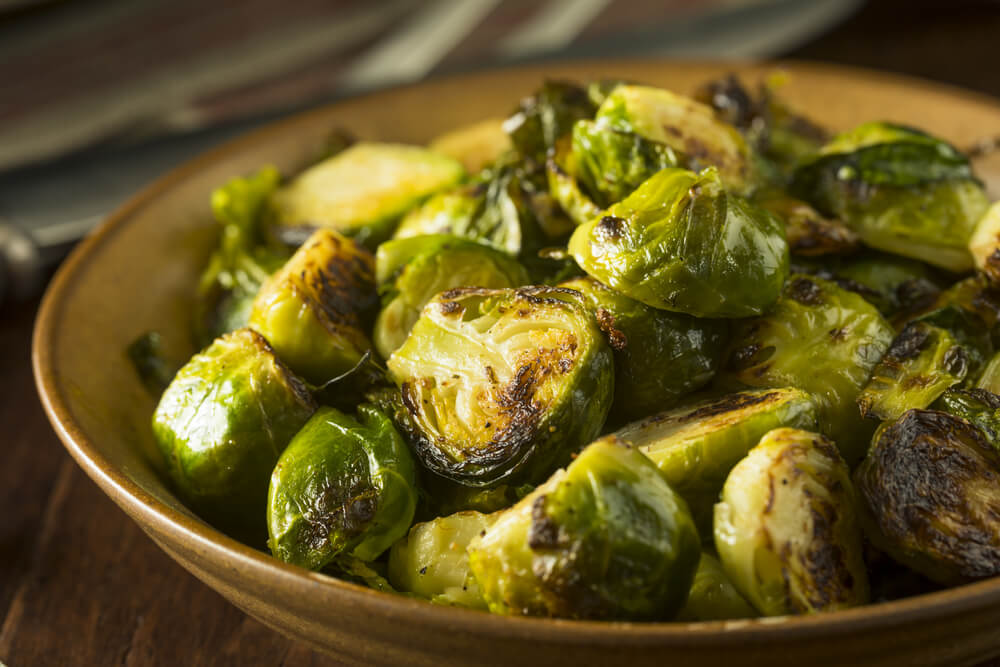
Brussel Sprouts originated in Brussels, Belgium. They are named for the city where they grow. Although they date back to the early 1200s, these small, red, leafy vegetables were brought to the US just before the 1800s. At first, the thought of growing your own vegetables at home made many people cringe. However, with a variety of techniques and new ideas, home gardeners have learned how to grow the most beneficial vegetables for their families.
Growing your own food does not have to be a labor of love, or a difficult task. It can be a rewarding experience that allows you to eat healthier and save money. You will learn how to protect your family from harmful insects and pests. You will also understand how to prepare your harvest so that it tastes fresh. You will harvest your crop in early, late, or autumn season depending on what kind of vegetables you are interested in.
One of the most popular vegetables grown at home is the brussel sprout. It grows easily, prefers moist soil, and can withstand some disease and pests. Black rot and stem blight are two of the most common problems that afflict them. In order to keep your crop free of black rot and other diseases, you need to learn how to prevent them.
These plants have a wide range of uses. They are used for pickles, soups, relishes, and even salads. There are different varieties of sprouts that come with different instructions for harvesting, but generally, the seeds are harvested in the late summer. The best time to harvest your plants is when the soil is warm and damp; however, this can vary from one plant to another.
When harvesting, it is important that the sprouts are picked off the plants. This is to prevent any pests from eating the seeds, which could end up killing the plant. Once you have picked them, they can either be stored for later use or eaten fresh. To eat fresh, you can mash them into a mixture with some water. The mixture will help the seeds stay alive for a longer time and retain their color.
If you have sprouted the seeds inside the bedding, you need to let them grow to their full height before harvesting. When they are at their maximum height, you can clip the top leaves and wait to harvest until all the leaves have fallen off. The leaves that remain will produce the most flavorful leaves. Harvest the seeds after about ten to twelve days. It is important to make sure that the soil has been moistened enough to allow the seeds to germinate fully. Once you have germinated, the sprouts indoors will grow faster than if they had been grown outdoors.